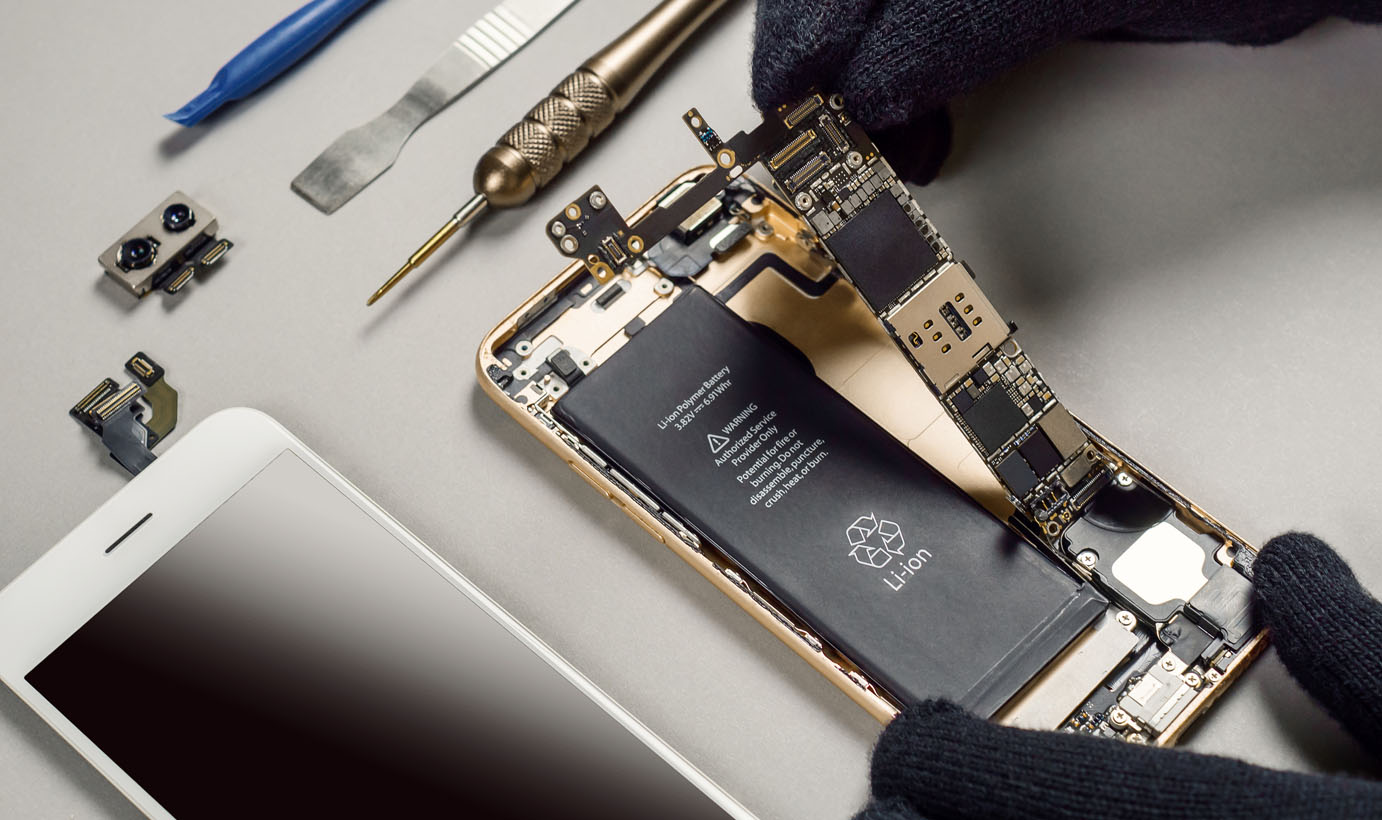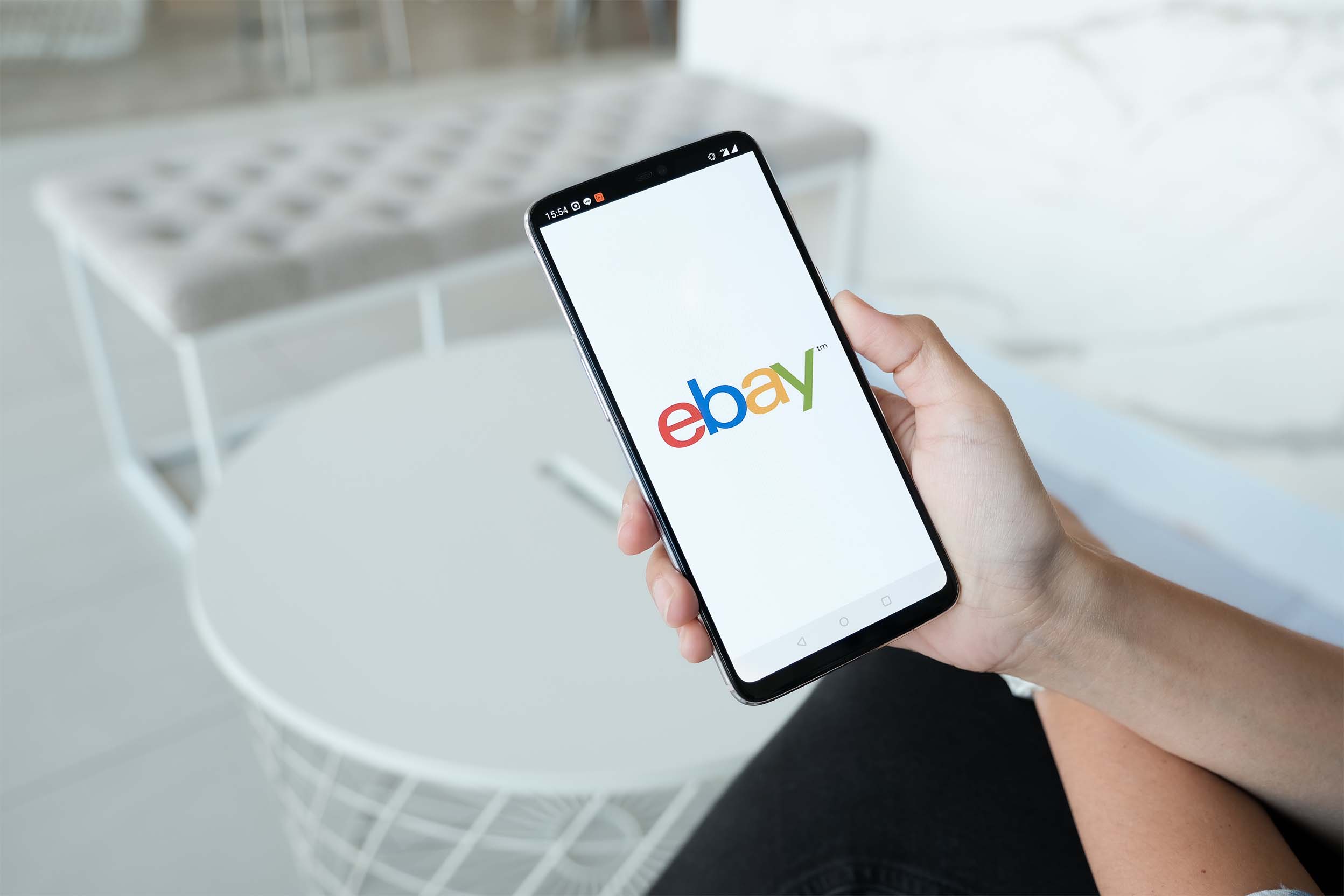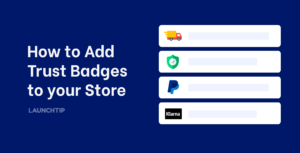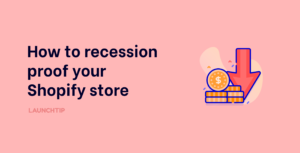Last Updated on by Dan S
Originally Published August 14, 2021.
Buzzwords are apparent in every industry. Some are fly by night for a sales marketing effort, others make perfect sent. Recommerce is one that makes perfect sense.
To “re” anything, we usually associate with redo, replay, reply and so on. With commerce and eCommerce being the sale of something, recommerce would be selling it again right? Exactly.
Recommerce is the resale of items that have been previously sold. Makes. perfect. sense.
Side note. It was originally derived from “reverse commerce” but I think explaining it from this original term is more confusing than the way I did it above.
Now we have that out of the way, let’s take a deeper dive into exactly what that means and how you can benefit from this sales channel.
What EXACTLY is recommerce?
Whilst we addressed the “nutshell” explanation in the introduction, recommerce comes in multiple forms:
- Resale/Returns
- Refurbishment
- Upcycling
The key here is the goods have been sold and ultimately used.
Resale/Returns
 Technically speaking, you can get goods returned that haven’t been used but they have been sold. In some cases where something has been ordered in “pure error” and has been returned without clearly being opened, you could restock this and sell as new. If the packaging has been opened, you are best off serving your customers with new goods only. For all other returns, packages opened, faulty items and so on, these fall under returns and you wouldn’t sell these as new.
Technically speaking, you can get goods returned that haven’t been used but they have been sold. In some cases where something has been ordered in “pure error” and has been returned without clearly being opened, you could restock this and sell as new. If the packaging has been opened, you are best off serving your customers with new goods only. For all other returns, packages opened, faulty items and so on, these fall under returns and you wouldn’t sell these as new.
This doesn’t mean you can’t sell them though. In fact, these goods will still have value (sometimes close to 100% of the original value) and more often than not, there is a market for these goods.
Refurbishment
Refurbishment is the restoration of products to a standard that makes them useable to a condition they were once originally sold in. This can include cosmetic improvement as well as repairs and replacement of particular parts. This aspect of refurbishment is more common to consumer goods and electronics.
The purchasing of broken products can be extremely lucrative if you have a background in repair. You can repair items and sell them on for a nice profit. For items that may be too costly to repair, you can break these up and either sell the parts on for a profit or use them to repair other devices.

Upcycling

Upcycling is similar to refurbishment with some key differences. Upcycling tends to take older, used products and improve them in ways to beyond their original sale. An example is taking an old chest of draws and painting them in a high gloss lacquer vs their original stained appearance. You may then add some new feet and handles, possibly some internal separators and you have created what is essentially a new product from an old one.
Upcycling can also be the configuring of multiple old items in such a way as to create a new product. For example, taking the wing of an old plane, attaching some old or new table legs and creating a new office desk. Quite the centrepiece!
How to recommerce
They are 2 main methods when deploying a recommerce strategy. The primary method is setting up a recommerce channel for your existing business.
Existing Merchants
This is ideally suited to those who process returns and have product which can be resold. Depending on your brand, you can offer this recommence channel directly on your existing store, through a secondary “outlet” style store, through 3rd party marketplaces or via 3rd parties.
If your brand is “high end”, you would typically not want to offer this directly on your primary site as this can cheapen your brand. Whilst some high brands opt to not partake in any recommerce, this is consider a wasteful practice. High-end brands who offer an active recommence channel can be seen as more sustainable and green by offering a recommerce channel.
For low to mid tier brands where a large percentage of stores sit, you can offer a “clearance” section on your site or deploy a tactic like Amazon where you offer 2nds/returns on the main product listing and offer these as alternative options. This is a great strategy for maximising your product sales and will not require you to open another store saving on pricing plan fees.
Methods of e-commerce for existing merchants
- Direct on your Primary store (Clearance Section)
- Direct on your product listings (New/Used Amazon style)
- Through a secondary outlet store

New Merchants
For new merchants starting up who are focusing directly on recommerce, a Shopify store is a great place to leverage this selling technique. By acquiring used products from different channels, you can resell, refurbish and upcycle these and then retail them on beautiful looking store to maximise their resale potential. Adding a warranty yourself can also provide consumer confidence making you an authoritative and reliable merchant.
You can add further value to this by adding content to your store to demonstrate your expertise. Supplementing the catalog with new products utilising upsells is another way of bolstering your offering and maximising revenue.
Sourcing products can be time consuming so if you wish to do volume, you can source job lots from retailers who don’t wish to actively gauge in consumer recommerce.
Summary
Recommerce, either as an existing channel or a new startup, is a great way to add revenue to a business. There are aspects to take into consideration on how you deliver this channel experience in line with your brand such as brand protection and brand alignment.
If you are a business with product that is not resold, you can easily solve this using consumer recommerce where you own the channel yourself or b2b recommerce where you effectively wholesale your used product. One aspect to bare in mind is that if you offer b2b recommerce, you can lose some control on quality assurance for resale of your brands products. Owning this channel process in-house allows you to deliver a much more brand aligned recommerce experience.









